Last Thursday 10th June, in Wuxi, was held “The Sustainable Factory” seminar & panel discussion by the German Chamber of Commerce in China, and Wuxi Chamber at Suntech headquarters. The concern around sustainability is growing among governments, corporations and civil society, and it applies to factories.
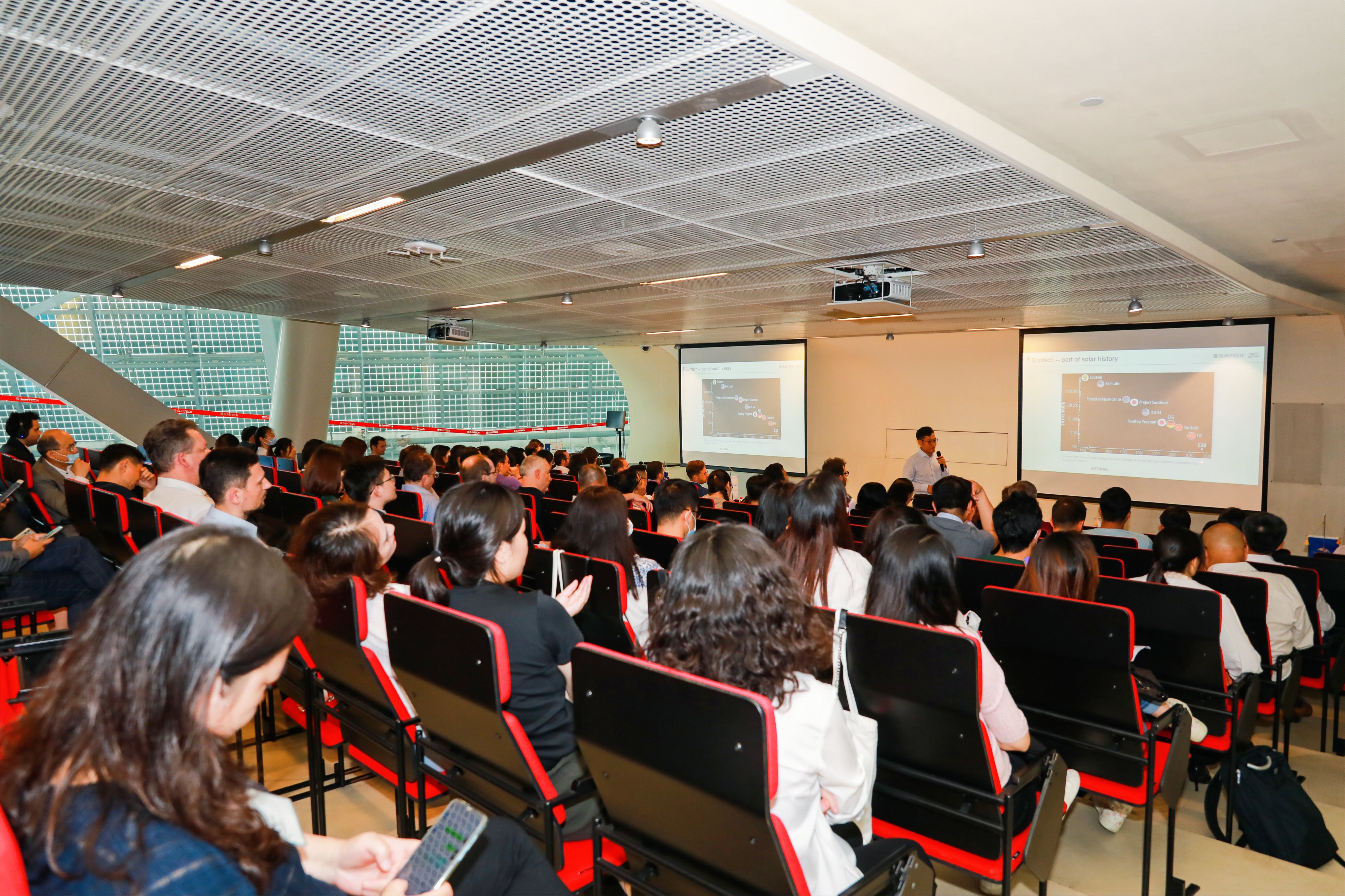
As the location host for this event, Suntech representative Mr. Vincent CAO shared a very insightful global picture of Solar PV energy in the world and in China, and its future trends.

Tommaso Colli from PHC Advisory, reminded different laws in China around environmental protection, especially the “Environmental Protection Tax Law of the People’s Republic of China”《中华人民共和国环境保护税法》, giving a framework on tax to be paid when factories discharge pollutants in air, water or solid waste, noise.
Manuel Ramos, GM of TERAO Asia, introduced trends for factories to get more into sustainability such as stricter regulations and verifications by authorities, higher operation costs, CSR guidelines pressure or high turnover of qualified workers. Therefore, as he stated, pressure is increasing on industrial players.
“More and more factories will need to comply with local regulations or corporate guidelines for a more sustainable and comfortable factory.”
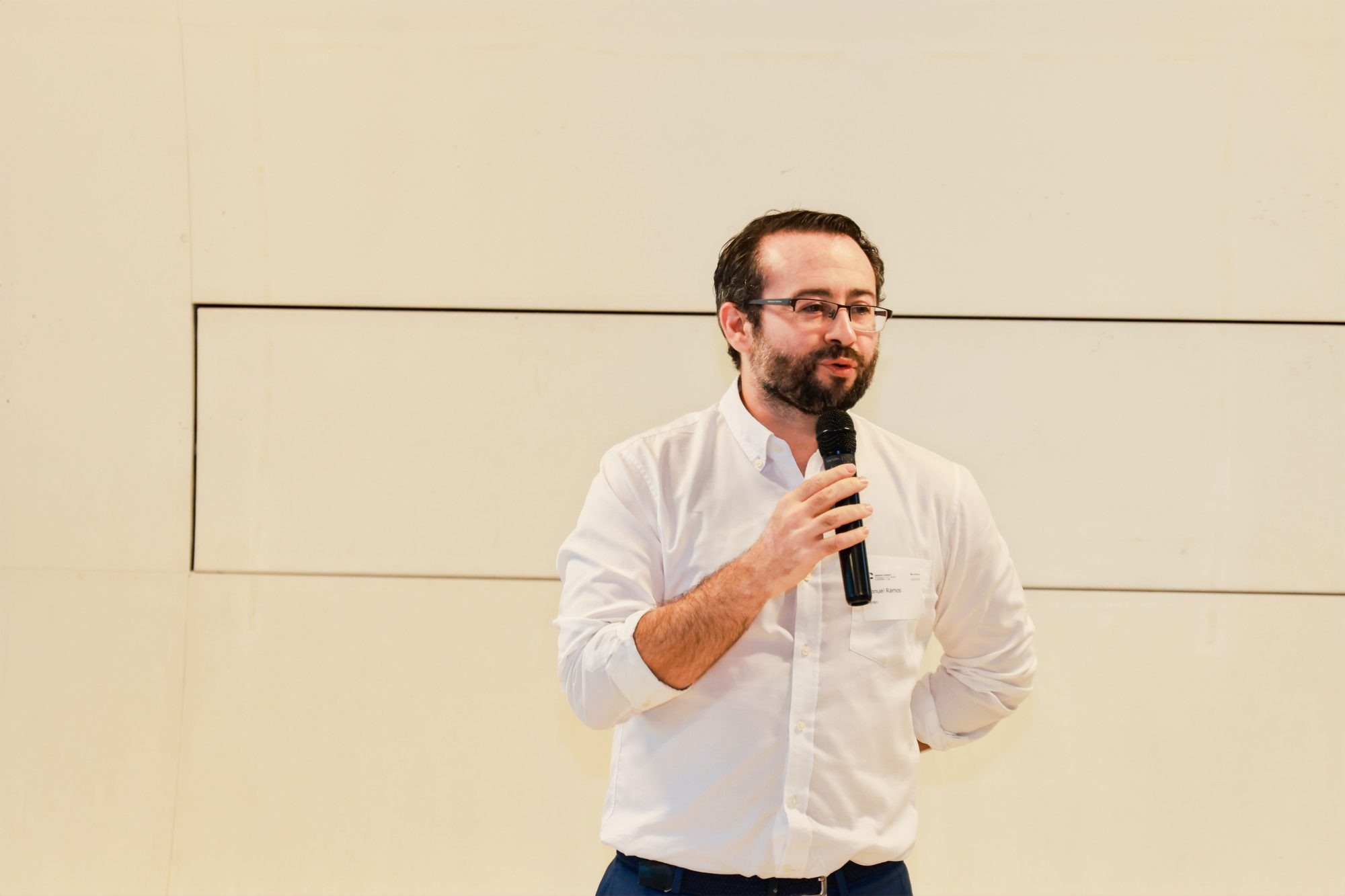
For existing factories, less energy, less water can be used with less carbon emissions: our Business Development Manager Gaspard Lemoine-Scelles introduced TERAO different case studies of energy optimization in factories followed by an introduction of carbon footprint methodology, for existing factories.
“Especially for existing factories, the potential for energy savings can be huge, and it will help to reduce factories’ carbon footprint along this process. Each factory has its specificities: energy audits and carbon footprint assessment can help towards identifying each factory’s potential improvements and shaping an action plan.”

Scopes 1, 2, 3 of carbon footprint assessment
For new construction, our Operation Manager at TERAO Maxime Besseas focused on energy efficiency and water efficiency, as in China, new factories are still booming:
“Often, factories consumption could be lowered easily by a minimum of 30%, through adjustment of design misconception. For instance, by adjusting the need for HVAC systems to the right usage and the right sizing, high-efficiency technologies, robust technologies such as VFD. When adjustments are done during the design stage, it will help save money compared to corrections happening during post-construction.”
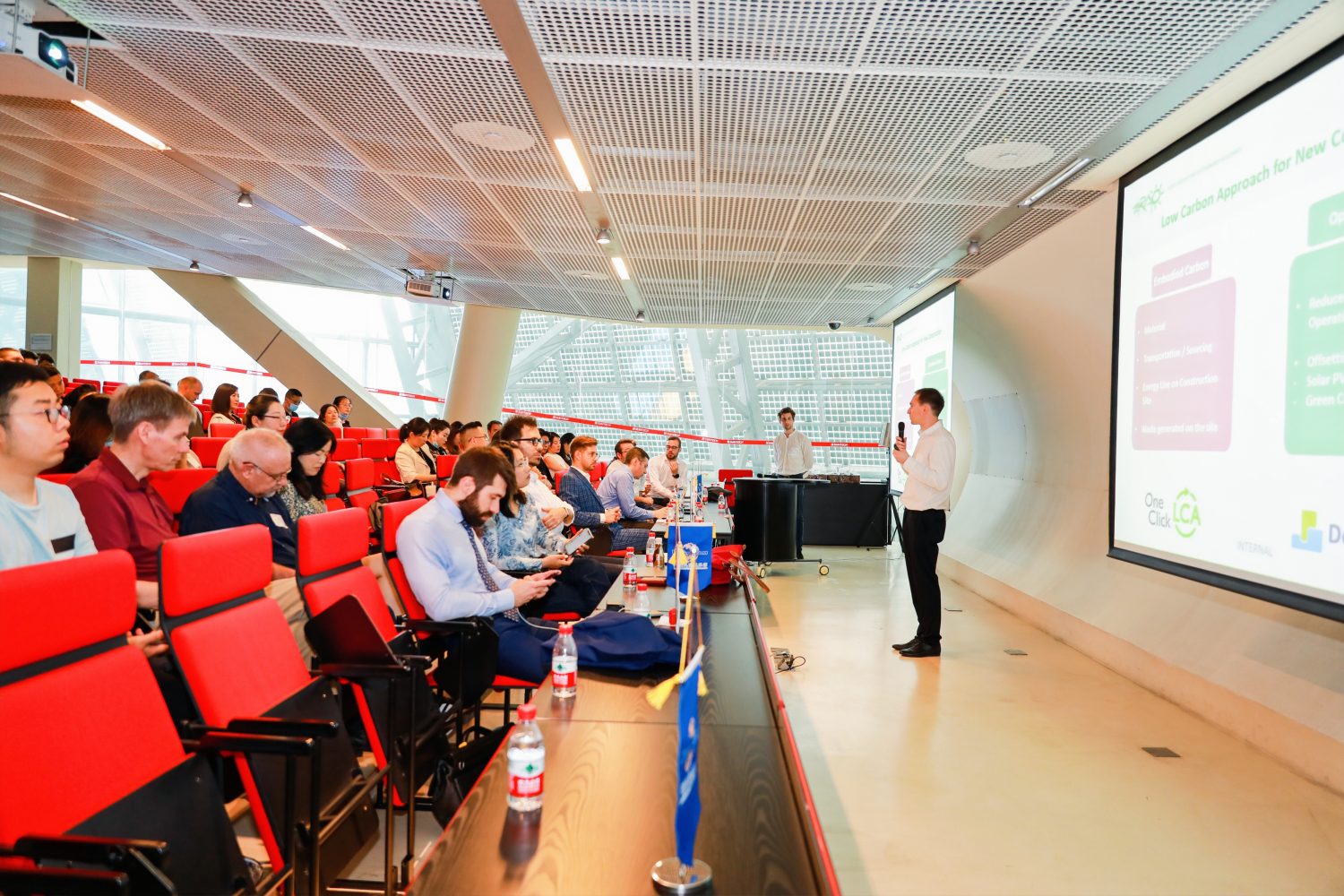
After reducing energy usage, the carbon footprint can be decreased even more by installing Solar PV panels on the site or roof of the asset, and implementing PPA (Power Purchase Agreement), as suggested by Sebastian PETRETSCHEK from TÜV Rheinland, if local regulations and measures can be favorable. He especially stressed the different risks to take into account when installing a solar PV system.
To reduce the impact of the factory, not only do you need optimized factory design, equipment and materials, but a smooth operation and maintenance process is also crucial. It will help to enhance the lifetime of assets and better control the performance of the overall factory. Bruno Lhopiteau from SIVECO explained and introduced this idea with SIVECO solution around smart CMMS (Computerized Maintenance Management system) system.
Regarding noise pollution, Antoine Pommier from Delhom Acoustique shared how this issue could be tackled easily and smartly, through acoustic studies and solutions, during Design (less costly) or also for existing factories. It will help to reduce the environmental impact of the factory on the neighborhood, as well as improve the comfort of the employees.
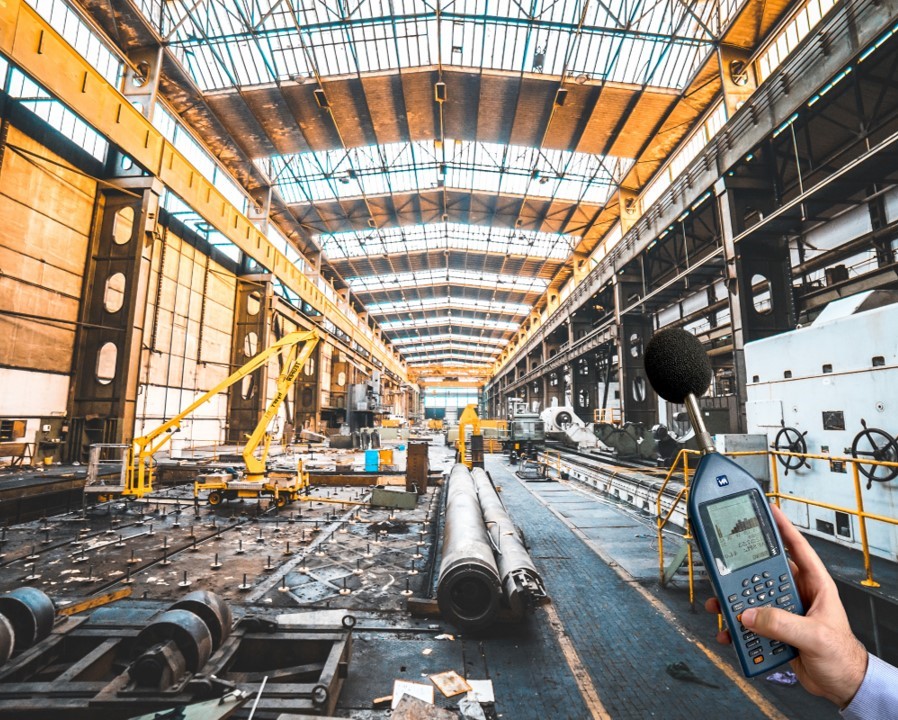
If you need any information about sustainable solutions in the industry and how to make your factory healthier and more sustainable, please do not hesitate to contact us at glemsce@teraochina.cn. TERAO would be happy to help you optimize your asset through the different mentioned aspects.

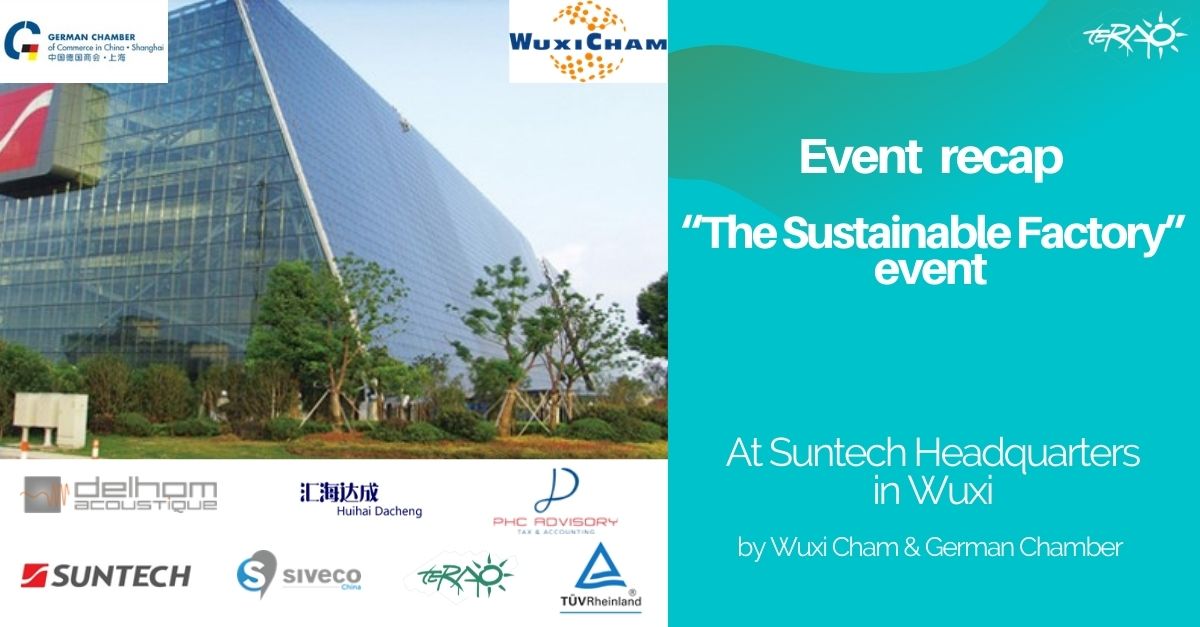

![[Case Study]Boosting Productivity and Safety Through Optimized Factory Comfort](https://teraoasia.com/wp-content/uploads/2025/09/Cover-photo-150x150.png)
Leave A Comment